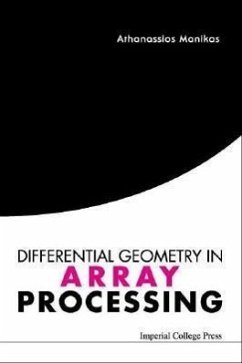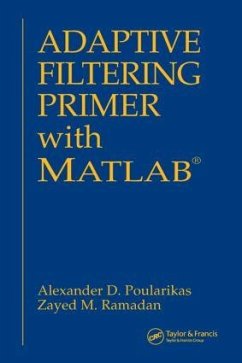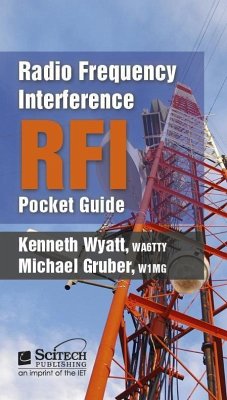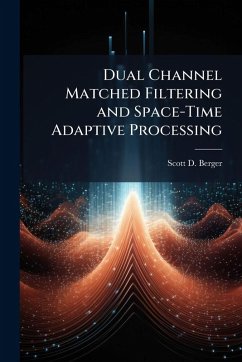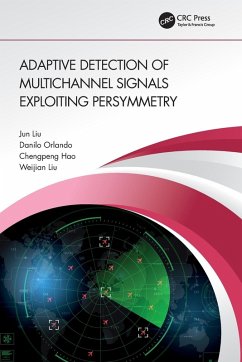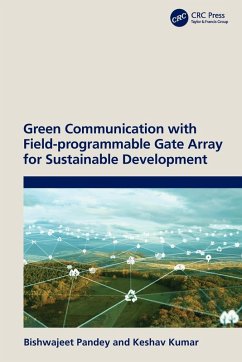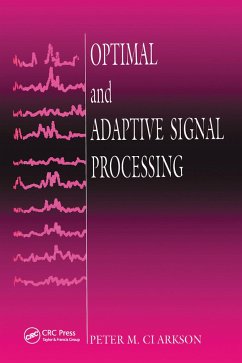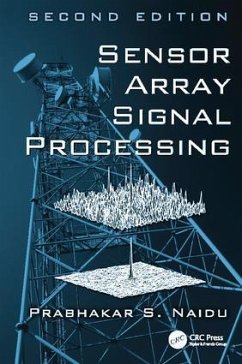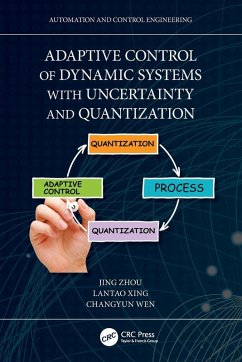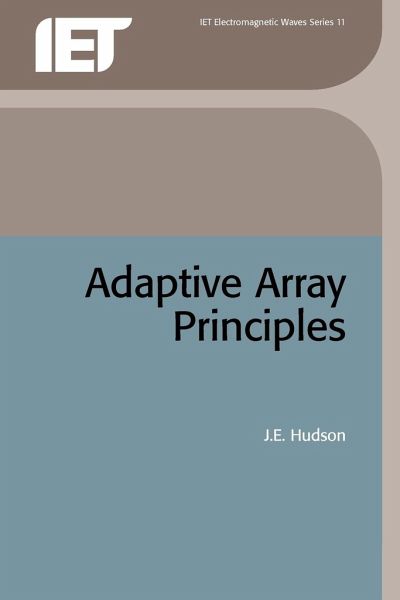
J. E. Hudson
Broschiertes Buch
Adaptive Array Principles
Versandkostenfrei!
Versandfertig in über 4 Wochen

PAYBACK Punkte
61 °P sammeln!




This book develops the concepts underlying the design of adaptive arrays from first principles and is directed at research workers and designers whose mathematical background requires refurbishment in the special techniques which have accumulated around the field, often to the obscuration of the simple basic ideas.
J.E. Hudson graduated from the University of Birmingham in 1964 and was awarded the Ph.D. degree in 1968 for research in spatial coherence of waves in inhomogeneous media and digital signal processing. He then worked at MSDS, Stanmore, on sonar systems and was a research fellow at Birmingham working on mutual coupling, pattern recognition and transducer design. He took up a post as lecturer at the Department of Electronic & Electrical Engineering, University of Loughborough, in 1972. Interest in adaptive array processing began in 1973 with the award to the department of an MOD contract to investigate passive sonar applications, and has continued with the field widening to include HF arrays, microwave communications and radar. Hudson has prepared a large number of research reports in the field and has published some of the more interesting results in the literature. Other interests include spectral analysis, parameter estimation, signal processing and general techniques applied to these and field problems.
Produktdetails
- Electromagnetic Waves
- Verlag: Institution of Engineering & Technology
- Seitenzahl: 268
- Erscheinungstermin: Juni 1981
- Englisch
- Abmessung: 234mm x 156mm x 14mm
- Gewicht: 412g
- ISBN-13: 9780863412479
- ISBN-10: 0863412475
- Artikelnr.: 51779923
Herstellerkennzeichnung
Libri GmbH
Europaallee 1
36244 Bad Hersfeld
gpsr@libri.de
Für dieses Produkt wurde noch keine Bewertung abgegeben. Wir würden uns sehr freuen, wenn du die erste Bewertung schreibst!
Eine Bewertung schreiben
Eine Bewertung schreiben
Andere Kunden interessierten sich für


